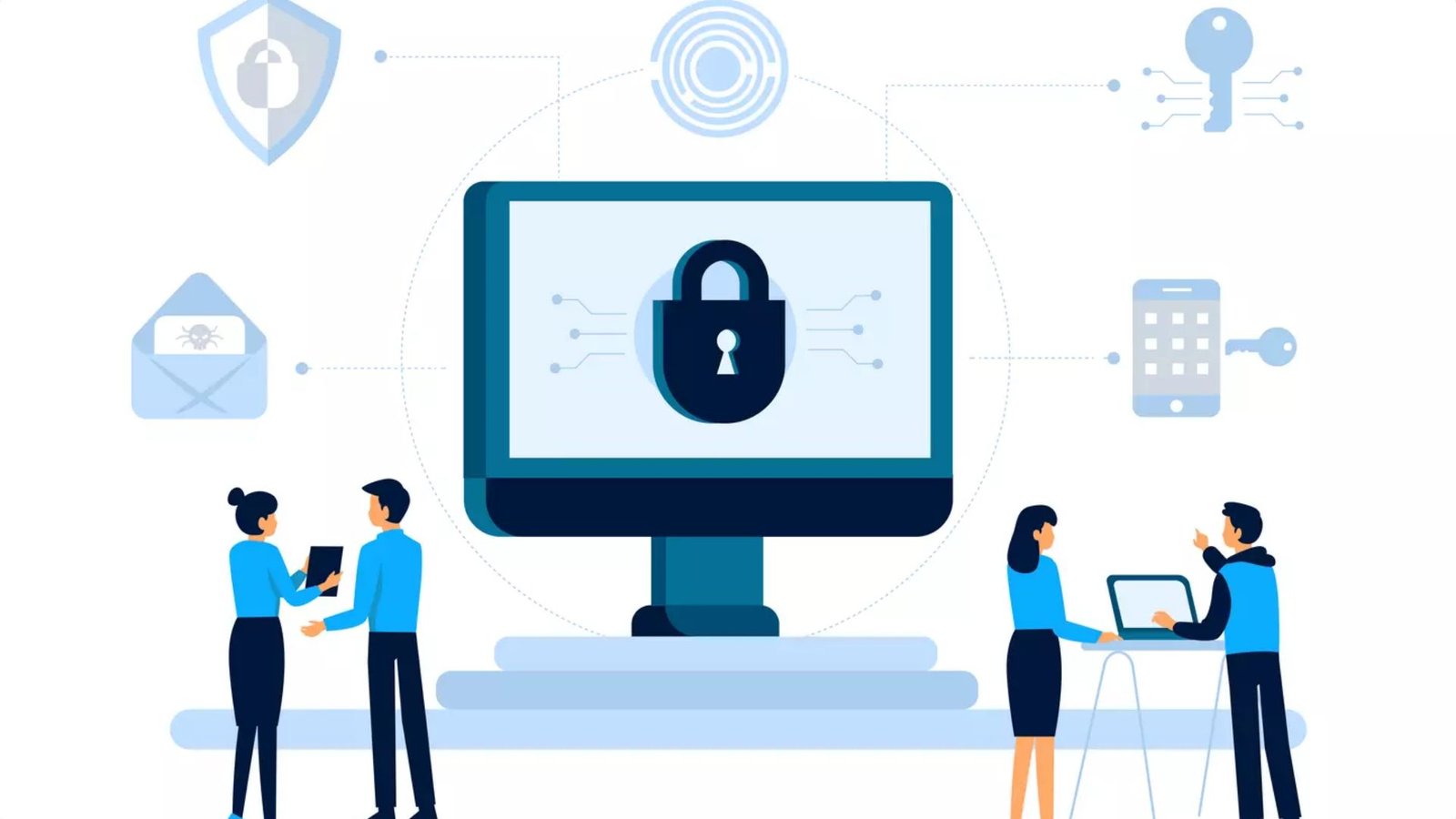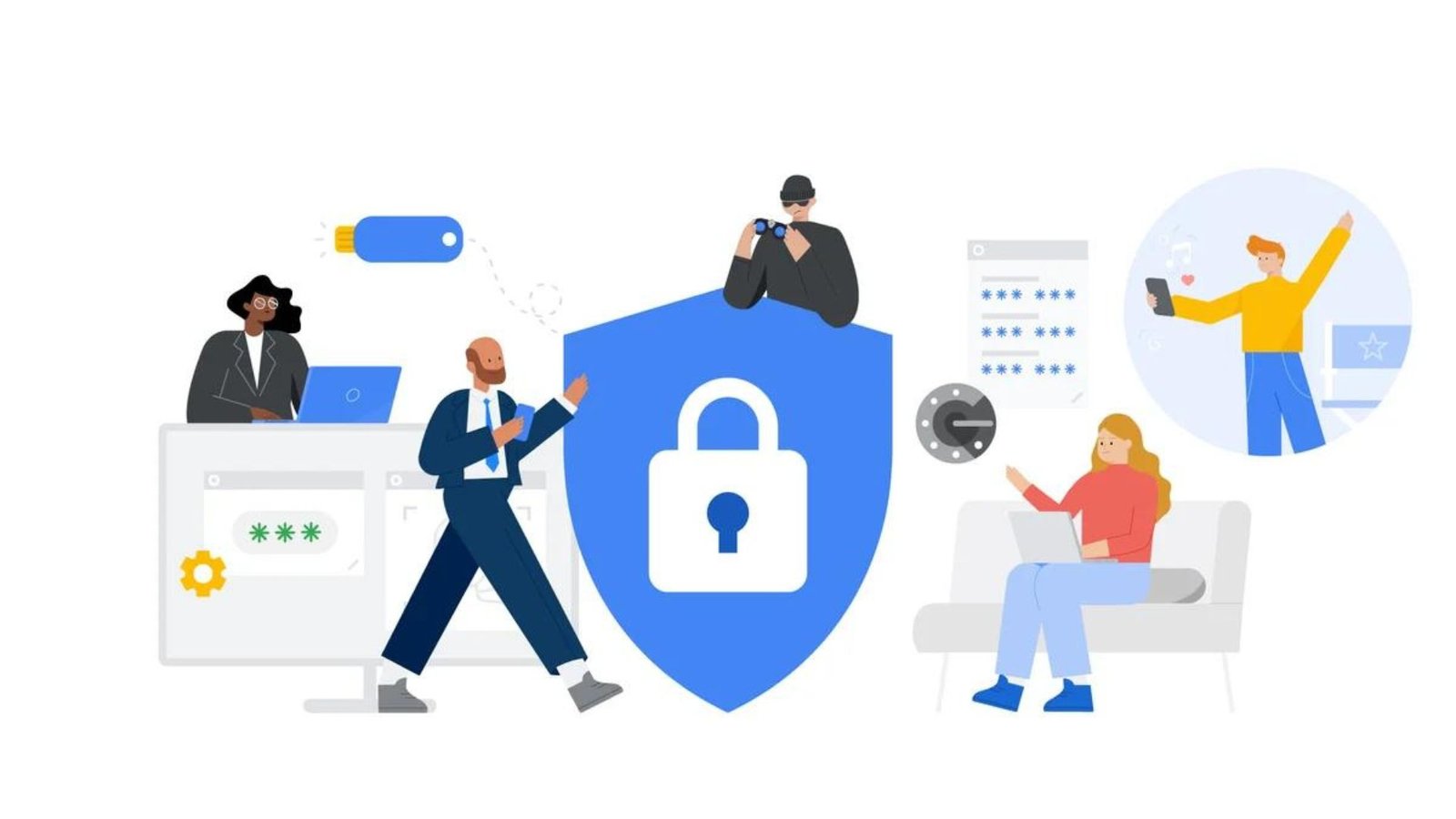Strategies for Protecting Conference Systems from Cyber Threats
Protecting conference systems from cyber threats is essential in today’s digital age. With more businesses and organizations relying on video and audio conferencing for communication, ensuring these systems are secure is a top priority. In this article, we’ll share effective strategies for protecting conference systems from cyber threats.
1. Use Strong, Unique Passwords
One of the simplest yet most effective ways of protecting conference systems from cyber threats is to use strong, unique passwords. Avoid using common passwords or easily guessable combinations. Instead, create passwords that include a mix of letters, numbers, and special characters. Regularly update these passwords to enhance security.

2. Enable Two-Factor Authentication (2FA)
Two-factor authentication (2FA) adds an extra layer of security by requiring two forms of verification before granting access. Enabling 2FA is crucial for protecting conference systems from cyber threats. Even if a password is compromised, the additional verification step can prevent unauthorized access.
3. Regularly Update Software and Firmware
Keeping your conferencing software and hardware up to date is a key step in protecting conference systems from cyber threats. Updates often include security patches that address vulnerabilities. Regularly check for and install updates to ensure your systems are equipped with the latest security features.
4. Implement Network Security Measures
Securing your network is vital for protecting conference systems from cyber threats. Use firewalls, intrusion detection systems, and encryption to protect your network from unauthorized access and data breaches. Secure your Wi-Fi networks with strong encryption protocols like WPA3.
5. Educate Users on Security Best Practices
Training users on security best practices can significantly enhance protecting conference systems from cyber threats. Educate your team on recognizing phishing attacks, avoiding suspicious links, and the importance of maintaining password confidentiality. Regular training can help prevent human errors that could lead to security breaches.
6. Restrict Access to Conference Systems
Limiting access to conference systems helps protect conference systems from cyber threats. Ensure that only authorized personnel have access to sensitive conferencing features and information. Implement role-based access controls to manage who can view or modify settings.
7. Use Secure Connections
Always use secure connections when accessing or hosting conferences. Ensure that your conferencing software uses end-to-end encryption to protect the data transmitted during meetings. This practice is essential for protecting systems from cyber threats and ensuring the confidentiality of your communications.
8. Monitor and Audit Conference Activity
Regularly monitoring and auditing conference activity can help in protecting systems from cyber threats. Keep track of login attempts, user actions, and any unusual activities. Promptly investigate any anomalies to address potential security issues.
9. Implement Device Management Policies
Managing the devices used for conference systems is another strategy for protecting systems from cyber threats. Ensure that all devices are secured with updated antivirus software and have strong passwords. Implement policies for remote wipe capabilities in case of theft or loss.
10. Secure Conference Recording Storage
If your conference systems include recording capabilities, ensure that the recorded files are stored securely. Encrypt recorded data and limit access to authorized users only. This measure helps in protecting systems from cyber threats and safeguarding sensitive information.
11. Conduct Regular Security Assessments
Regular security assessments are crucial for protecting systems from cyber threats. Perform vulnerability scans and penetration tests to identify and address potential weaknesses in your systems. Use the findings to enhance your security measures.
12. Implement Data Encryption
Encrypting data is a fundamental practice for protecting systems from cyber threats. Ensure that all data, whether in transit or at rest, is encrypted using robust encryption standards. This practice protects sensitive information from unauthorized access.
13. Backup Conference Data
Regularly backing up conference data is important for protecting systems from cyber threats. In the event of a cyberattack or data loss, having backups ensures that you can quickly restore your systems and data. Store backups in a secure location and test the restoration process periodically.
14. Establish Incident Response Procedures
Having a well-defined incident response plan is essential for protecting conference systems from cyber threats. Develop procedures for identifying, responding to, and recovering from security incidents. Ensure that your team is trained on how to execute the plan effectively.
15. Collaborate with Security Experts
Finally, collaborating with cybersecurity experts can greatly enhance protection of conference systems from cyber threats. Engage with professionals who can provide insights into the latest security trends and technologies. They can help you implement advanced security measures and respond to emerging threats.
Conclusion
Protecting conference systems from cyber threats requires a multifaceted approach involving strong passwords, regular updates, user education, and advanced security measures. By following these strategies, you can safeguard your conferencing systems and ensure secure and reliable communication.



